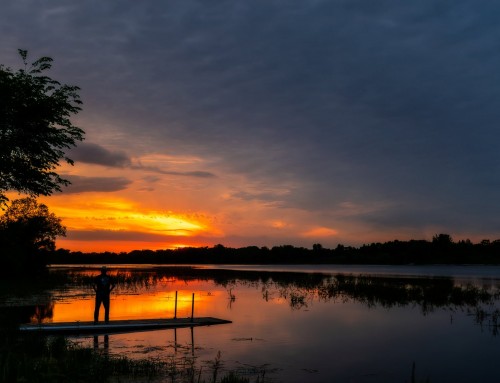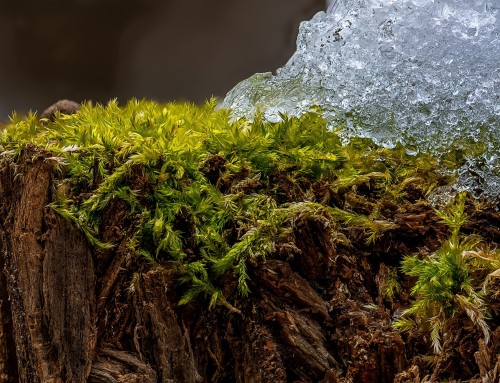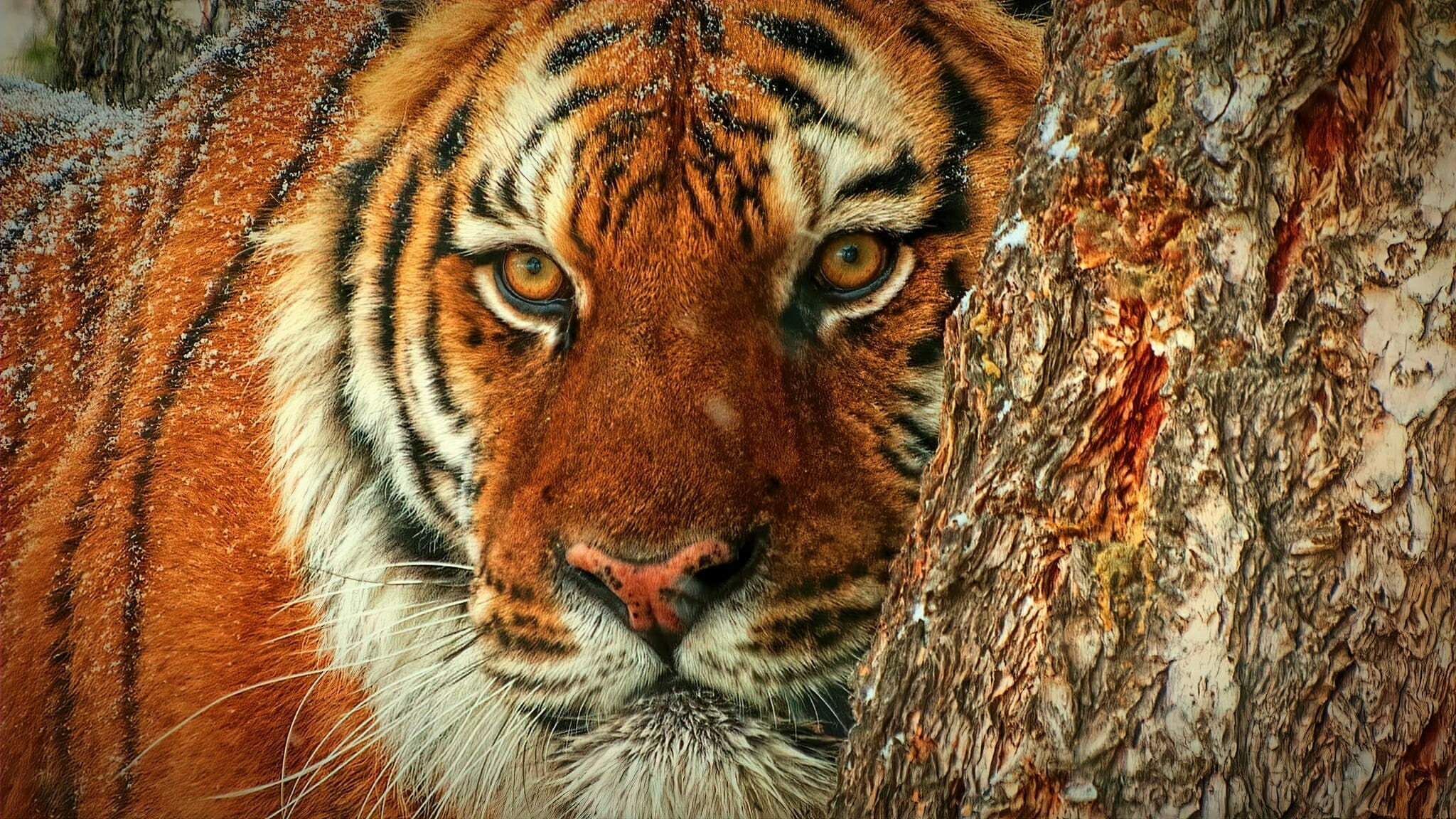When it comes to the process of wildlife and nature filmmaking I think of it as a three-legged stool.
Two of the legs I’ve already talked about, patience and practice. The third leg of the stool is persistence.
It takes all three legs to make the stool stand. Take away any one of them and the stool will fall over.
Persistence is probably the second most difficult of the Three P’s to master after patience but it’s what seperates you from the rest of the pack.
Persistence allows you to revisit a subject and get better footage while others are content with what they have.
Some filmmakers may think of patience and persistence as the same virtue, but here’s my definition or examples of each and see if you feel they are two different traits as well.
To me, patience is the ability to wait, to let time pass. You wait for the rain clouds to part and let the sun light up a distant mountain range. You see a red-winged blackbird working its way among the cattails towards your position and you wait for it to come to you instead of trying to move towards it which may scare it away. That to me is patience. The willingness to allow a scene to develop.
Persistence on the other hand at least in my opinion is coming back to something over and over again. I know some of you may say waiting for the blackbird to come to you is sticking with it and that is being persistent. But this is what I mean by coming back to your subject.
Ever since the Indian Creek Nature Center burned a portion of their tallgrass prairie last year, I’ve been documenting the regrowth of the prairie. I try to go as often as I can to film. I’ve been filming the prairie for several years in fact and I have some great footage of the tallgrass prairie wildflowers as well as some of the insects and other creatures that call the tallgrass prairie home.
Even though I have some great footage of Prairie Clover, Venus’ Looking Glass, Fleabane and a great deal of other prairie wildflowers, I still come back to film all of them whenever I get a chance.
So the question is why?
The answer is quite simple, because things change. Just because you think you have great footage of a subject doesn’t mean that you can’t get even better footage. You should never be content with the footage you’ve shot in the past and be unwilling to revisit a subject. Lighting is different, backgrounds can change. You should never check a subject off your list and say I’ve already filmed that and move on.
Persistence can be challenging because you’re telling yourself you’ve been there and done this already. You start to think am I missing something better because I’m shooting this again and I already have good footage. My philosophy has always been it’s better to film what is in front of me than think there’s something better up ahead and come up empty.
The Persistent Nature and Wildlife Filmmaker Knows More About Their Subjects
A persistent natural history cinematographer is also an efficient filmmaker.
By visiting the tallgrass prairie for example over and over again in my quest for better video, I learn about animal behaviour as well as what grows where.
I know where the Cardinal Flowers will bloom so I’m not wasting my time searching for them across acres and acres of prairie. I know the paths the whitetail deer take through the prairie as they travel from the woodlands to the wetlands.
Wayne Gretzky has a famous quote where he says “I skate to where the puck is going to be, not where it has been.”
The persistent filmmaker goes where their subjects will be as well.
Persistence also means you keep coming back even if every time before you’ve come up empty-handed.
I missed a monarch butterfly emerging from its cocoon once by just a few hours. I’ve kicked myself many, many times for not having the patience back then to wait for the butterfly to emerge. So every year I scour the tallgrass prairie looking for butterfly cocoons hoping to find one that I can stake out and finally film the birth of a butterfly.










Leave A Comment
You must be logged in to post a comment.